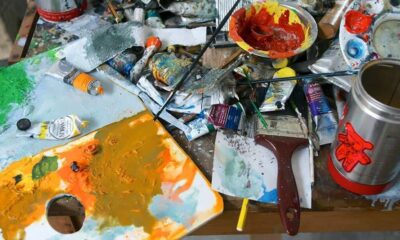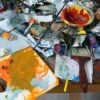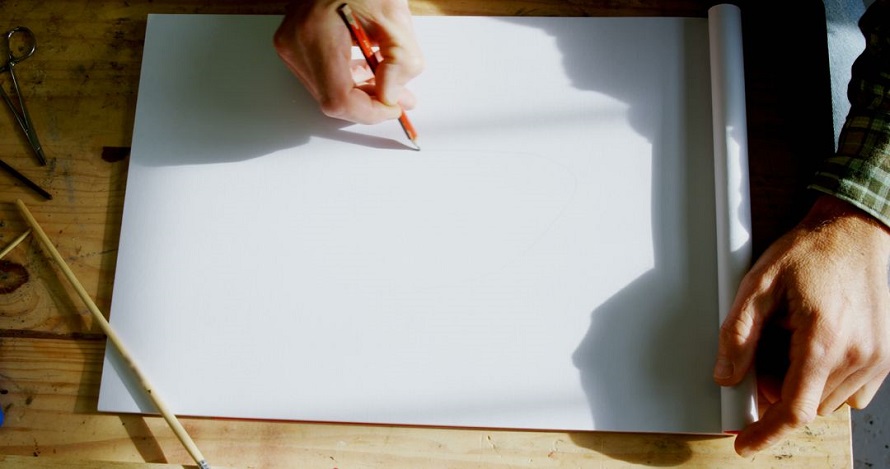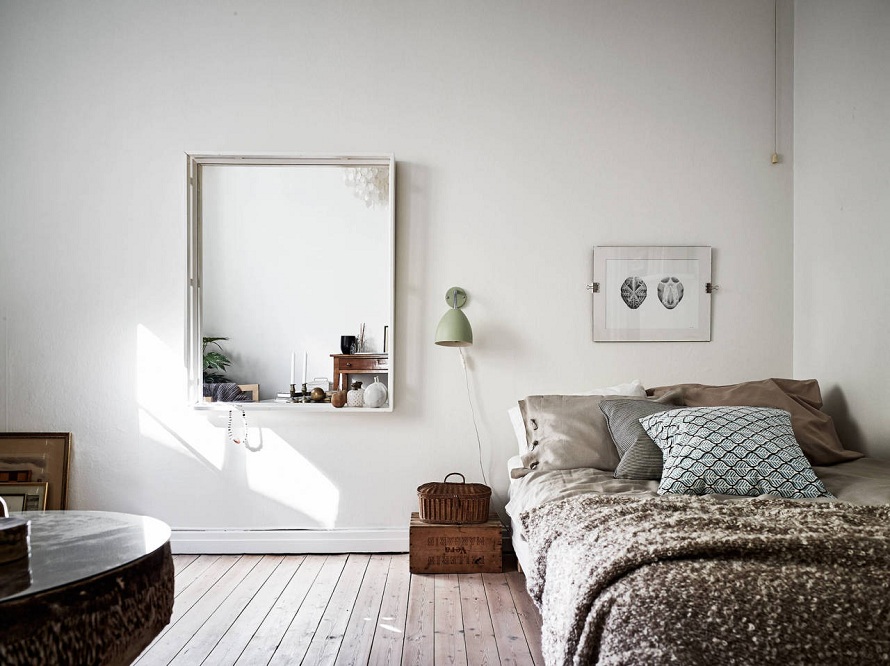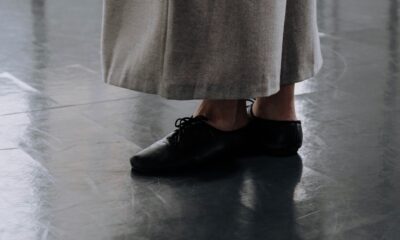Lifestyle
The Artist’s Arsenal: 12 Essential Supplies Every Creative Needs
Every artist begins with a single mark on a surface, but behind that mark lies a carefully thought-out supply of materials that transform imagination into reality. Regardless of whether you’re a seasoned artist or just beginning to search for your artistic voice, the proper materials can mean the difference between frustration and flow, between abandoned projects and masterworks that precisely convey your vision.
What Are the Essential Art Supplies?
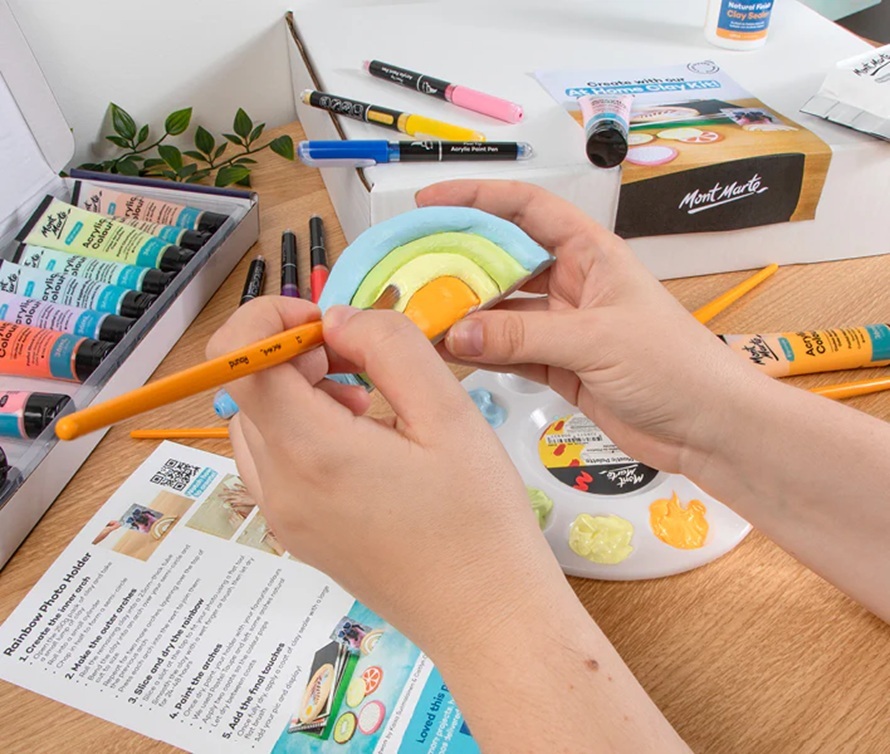
source: montmarte.com.au
1. Quality Drawing Pencils: The Foundation of All Art
No artist’s kit is complete without a good set of drawing pencils. Each grade, from the hard, fine lines of an H pencil to the dense, dark richness of a 6B, has its unique role in establishing depth, texture, and dimension. Smooth application and even graphite distribution of professional-grade pencils allow you to achieve detailed and delicate effects. They are the basis of drawing, sketching, and idea development before committing to more permanent media.
2. Sketchbooks and Drawing Paper: Your Creative Playground
The relationship between an artist and their sketchbook is personal and important. A high-quality sketchbook with heavyweight paper (140 gsm as a minimum) will be resilient enough to handle more than one medium without bleeding or tearing, but still offer the smoothness necessary for detailed work. Consider keeping more than one sketchbook – one for experimentation and daily sketches, and another one for more refined work. Mixed media paper offers versatility for artists who like to combine different methods in the same piece of work. Check reputable online art supply sites for professional sketch pads at reasonable prices.
3. Erasers: The Art of Subtraction
Erasers are not just a correction tool, but also tools for creating highlights, texture, and intriguing details. A kneaded eraser can be shaped to fine points for precise lifting, and a white vinyl eraser provides clean removal without marring paper fibres. Gum erasers are best for delicate cleaning of sensitive surfaces. Master artists understand that sometimes the best stroke is the one that subtracts, not adds.
4. Blending Tools: Smoothing Out Transitions
Art supplies also include stumps, tortillons, and chamois cloths that are used to transform harsh lines into smooth gradations that make drawings look life-like. Blending tools allow artists to smudge graphite, charcoal, and pastel in ways that fingers can’t, achieving professional-grade results with subtle tonal transitions. Quality blending tools can be cleaned and reused hundreds of times and are worth the investment for dedicated artists.
5. Fine-Tip Pens and Markers: Permanence with Precision
Fine-tip pens provide control and consistency for fine line work, technical drawing, or expressive illustration. Pigment-based pens are fade-resistant and produce waterproof lines that won’t smudge under additional layers. With a wide range of tip sizes available, you’ll be equipped to tackle everything from delicate details to bold lines with confidence.
6. High-Quality Brushes: The Extension of Your Hand
For painters or those who work with inks, brushes are an extension of the creative process itself. Natural bristle brushes hold more paint and create organic textures, but synthetic brushes offer precision and durability. The minimum for a beginner’s set is three round brushes (small, medium, large) and two flat brushes for versatility. High-quality brushes, properly maintained, will last for years and deliver the performance that bargain substitutes promise but never deliver.
7. Paint Selection: Building Your Colour Vocabulary
Whether working in watercolours, acrylics, or oils, investing in artist-grade paints rather than student-grade alternatives means more colour intensity, mixing capability, and longevity. Start with a limited palette of primary colours plus black and white, learning to mix secondary and tertiary colours through practice. This approach not only saves money but also develops colour theory skills that separate amateur work from professional results.
8. Palette and Mixing Tools: The Colour Laboratory
A good mixing surface is essential for paint and colour management. Glass palettes allow for simple cleanup and colour integrity, while disposable paper palettes are convenient for working outdoors. Palette knives have two functions – you can use them to mix colour without polluting brushes and apply paint directly to achieve textural interest. These tools turn colour mixing from guesswork to precise, repeatable science.
9. Modelling Paste: Adding Dimension to Your Work
Modelling paste is the perfect medium for creating reliefs and impasto. This versatile product in your art and craft supplies arsenal can enhance your artwork, especially when you want to achieve dimensions. It can be mixed with acrylics when wet, allowing you to create a thick paint that you can apply directly on the canvas or paint over it after it dries.
10. Storage Organisation: Protecting Your Investment
Proper storage extends the life of expensive art supplies while keeping them organised and ready to use. Check online art supply stores for sturdy wooden boxes with multiple compartments. Tackle boxes store small supplies nicely, and flat files protect finished artwork and paper stocks. Climate-controlled storage prevents warping, cracking, and deterioration of supplies and finished artwork. An organised workspace promotes creative flow by minimising the frustration of searching for tools.
11. Fixative and Protective Sprays: Protecting Your Progress
Workable fixative allows artists to build up layers without smudging previously completed sections, and final fixative protects completed work from smudging and discolouration. Painting varnishes provide UV protection and surface consistency. These protective methods preserve hours of painstaking work intact for viewing and posterity.
12. Reference Materials: Feeding the Creative Mind
Art books, colour wheels, and proportion guides are excellent resources for artists. A library of visual references – from anatomy books to colour theory guides – assists with ongoing learning and inspires when creative block strikes. They serve as both learning tools and creative stimuli throughout an artist’s development.
Final Word
The journey to creating art requires more than talent and passion; it demands the right tools that help you translate vision into reality. While creativity cannot be purchased, quality art material will enhance your artistic growth. Each of these necessary tools has its own part to play in the process of creation, and together they are the foundation upon which artistic mastery is built.



